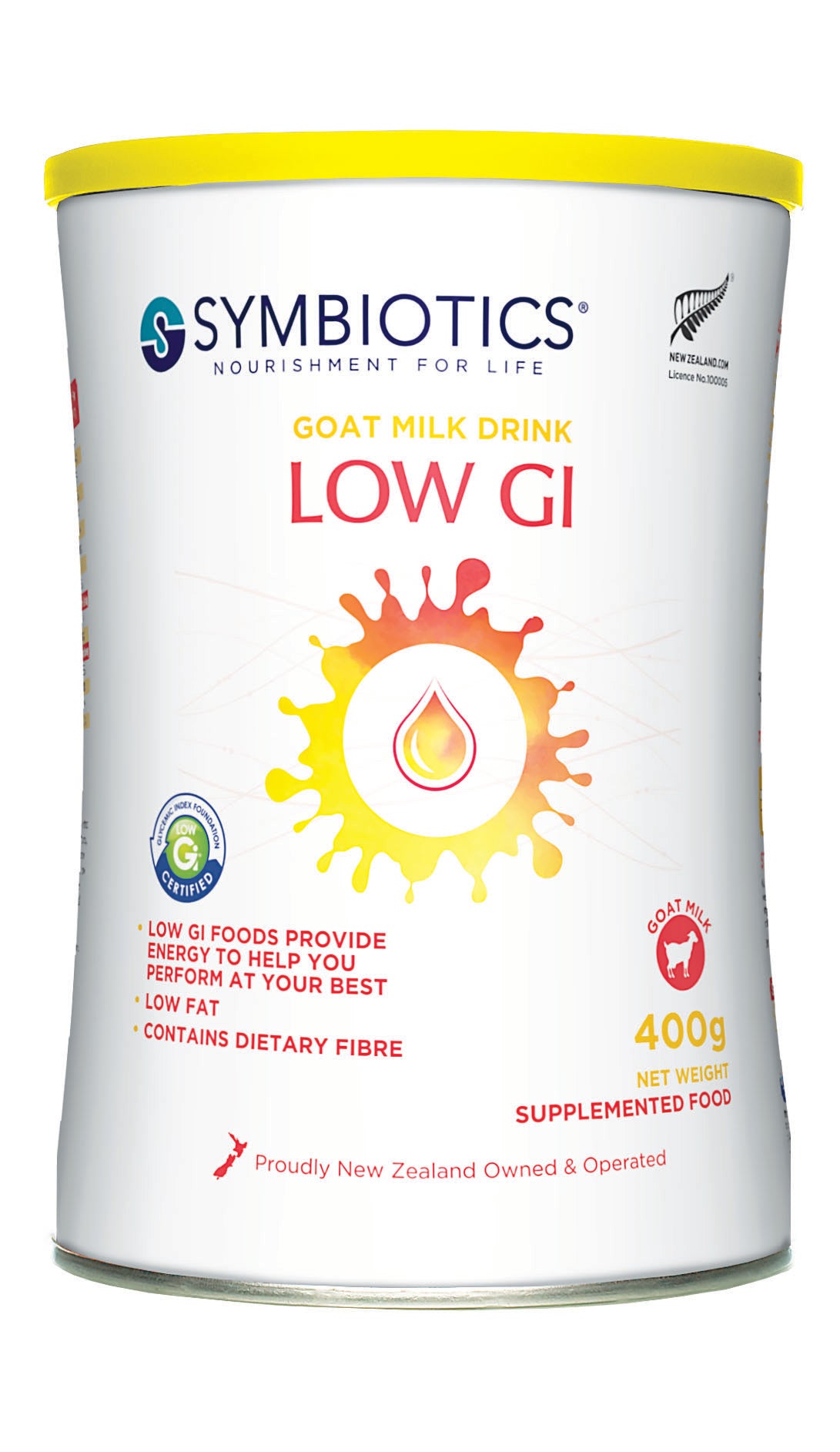
Have you ever experienced neck pain so bad that you had difficulty moving your head? Are you aware of the causes and commonly recommended treatments for neck pain?
Well, it’s not as unusual as you think. Neck pain is one of the most common ailments in today’s society. Fortunately, there are many measures we can take to alleviate it. In this article, I will explain what causes neck pain, how to identify it, and review various treatments available to treat the problem effectively. So take a few minutes out of your day to read on – because neck pain isn’t something to be taken lightly!
What Is Neck Pain?
Neck pain is one of the most common and debilitating ailments suffered by people. It can range from mild, intermittent soreness to chronic, debilitating pain that leaves patients unable to perform everyday activities. Neck pain is usually caused by poor posture or prolonged activities such as sitting at a desk for extended periods of time. It can also be exacerbated by burdensome body weight, sleeping in an awkward position, or strain from carrying heavy items. In some cases, it is also caused by medical conditions such as whiplash or arthritis.
No matter what the cause, neck pain can greatly affect the quality of life. In order to effectively manage neck pain and prevent it from recurring, sufferers need to understand the source and know how to deal with it.
Neck Pain Symptoms
Neck pain symptoms can vary greatly. Some of the most common signs are headaches, stiffness, and location-specific tenderness. If your neck pain is chronic or severe, you may experience tingling, weakness in the arms or hands, and decreased range of motion. You may also find that your neck feels tight when you try to turn it from side to side, or if you tilt your head back or forward. Additionally, shoulder pain, numbness in the affected area, jaw pain, and dizziness associated with neck pain can indicate more serious conditions.
It’s important to seek medical attention if you experience any of these symptoms as they could be a sign of underlying issues that need treatment. Common treatments for neck pain include physical therapy exercises, heat or ice therapy, over-the-counter medications such as ibuprofen and acetaminophen; massage therapy; neck bracing; and lifestyle changes such as posture modifications and stress relief techniques.
Causes Of Neck Pain
Neck pain can be caused by a variety of factors, such as poor posture or excessive time spent in an awkward position. Other common causes include neck strain, overuse injuries, and even common illnesses like the flu or a cold. It’s important to identify the cause in order to choose the most effective treatment for your neck pain.
In some cases, neck pain may be caused by something as simple as sleeping in an uncomfortable position or having poor posture while sitting at your desk. If you notice that you experience pain after a certain activity or movement, it’s possible that this is the cause of your discomfort. In other cases, physical activities like lifting heavy objects can lead to neck strain and muscle spasms that can cause soreness and stiffness. Repetitive motions like typing for long hours can also contribute to neck pain.
Other causes include medical conditions like whiplash, usually caused by car accidents; arthritis; tumors; disc problems; and trauma from sports injuries or falls. It’s important to talk to your doctor if you believe your neck pain may be related to one of these conditions so they can accurately diagnose what’s causing the issue and create an appropriate treatment plan for you.

Muscle Tension And Strain
Muscle tension and strain are some of the most common causes of neck pain. It is usually caused by overuse of the musculature, particularly if certain postures are held for prolonged periods. Poor posture, such as slouching or hunching over a desk, can be a major factor in neck pain from muscle tension and strain.
The first step to relieving neck pain from muscle tension and strain is to identify the source of the discomfort. If your work involves prolonged sitting at a desk or using a computer, it may be beneficial to invest in an ergonomic chair that promotes better posture and lower levels of muscle tension. Additionally, paying attention to postural cues throughout your day can help reduce pressure on your neck muscles.
Stretching can also help reduce muscle tension and strain in the neck area. Common stretches include shoulder rolls, chin tucks, shoulder shrugs, chest openers, and lateral stretches. Allowing yourself regular rest breaks throughout the day can also make a big difference. Taking short walks or doing simple yoga poses can help relax tight muscles while allowing you to continue with your work tasks.
Finally, stress management techniques are an important part of treating neck pain from muscle tension and strain. Stress can lead to tightened muscles in the body – especially around the neck area – so by reducing overall stress levels you may find relief from your symptoms. Try calming activities such as stretching or gentle yoga before bedtime for extra relaxation at night time too!
Injury
When dealing with neck pain, it is important to identify if the cause is due to injury. Injuries or sudden trauma can cause acute delay of the neck muscles and ligaments, leading to tension and stiffness with resulting pain.
The best way to identify a neck injury is by visiting a doctor or physical therapist who will look for signs of an injury during a physical examination. If a specific origin point for the pain is found during an examination, then the doctor may suggest imaging tests like X-rays or an MRI to rule out any possible fractures, dislocated vertebrae, or other structural damage in the spine.
If an injury is confirmed as the likely cause of neck pain, it is essential to take steps to ensure proper healing and recovery. It may include medications to reduce inflammation and reduce muscle spasms; hot/cold therapy; stretching exercises; physical therapy; and lifestyle modifications like avoiding activities that may aggravate the injury such as carrying loads too far away from your body. Resting the affected area with appropriate pillows while sleeping helps speed up recovery time considerably.
It is important that you heed your doctor’s advice when healing from an injury, as pushing things too soon can make matters worse again quite easily. Listen carefully to what they tell you – if they advise against any activity that could worsen your symptoms it’s probably best to take their advice!
When To See Your Doctor
When dealing with neck pain, it’s important to know when it’s time to see your doctor. Neck pain is often caused by everyday activities like poor posture or sleeping in the wrong position, and this type of discomfort usually resolves on its own. However, there are some cases where the pain could be a more serious issue that needs medical attention.
If you’ve been experiencing any of the following symptoms for more than a couple of weeks, it’s time to make an appointment: sharp, stabbing pains that don’t go away; shooting pains down your arms; difficulty using your hands/arms; numbness in your arms/hands; or noticeable swelling around your neck area. If you have any of these symptoms and they don’t seem to be getting better after a week or two, then it’s important to get professional help so your doctor can rule out any underlying issues.
Your doctor may recommend physical therapy or medications such as NSAIDs (non-steroidal anti-inflammatory drugs) to reduce irritability and inflammation in the muscles. Depending on your situation, your doctor may also suggest other treatments such as chiropractic care, ice/heat therapy, massage therapy, or acupuncture.
It’s also important to take steps at home toward healing. Make sure you get enough restful sleep each night and practice good ergonomics when sitting and working at desks—proper posture can play a major role in preventing neck stiffness or soreness during daily activities. Finally, exercises such as stretching and strengthening can help improve the range of motion while reducing pain levels.







